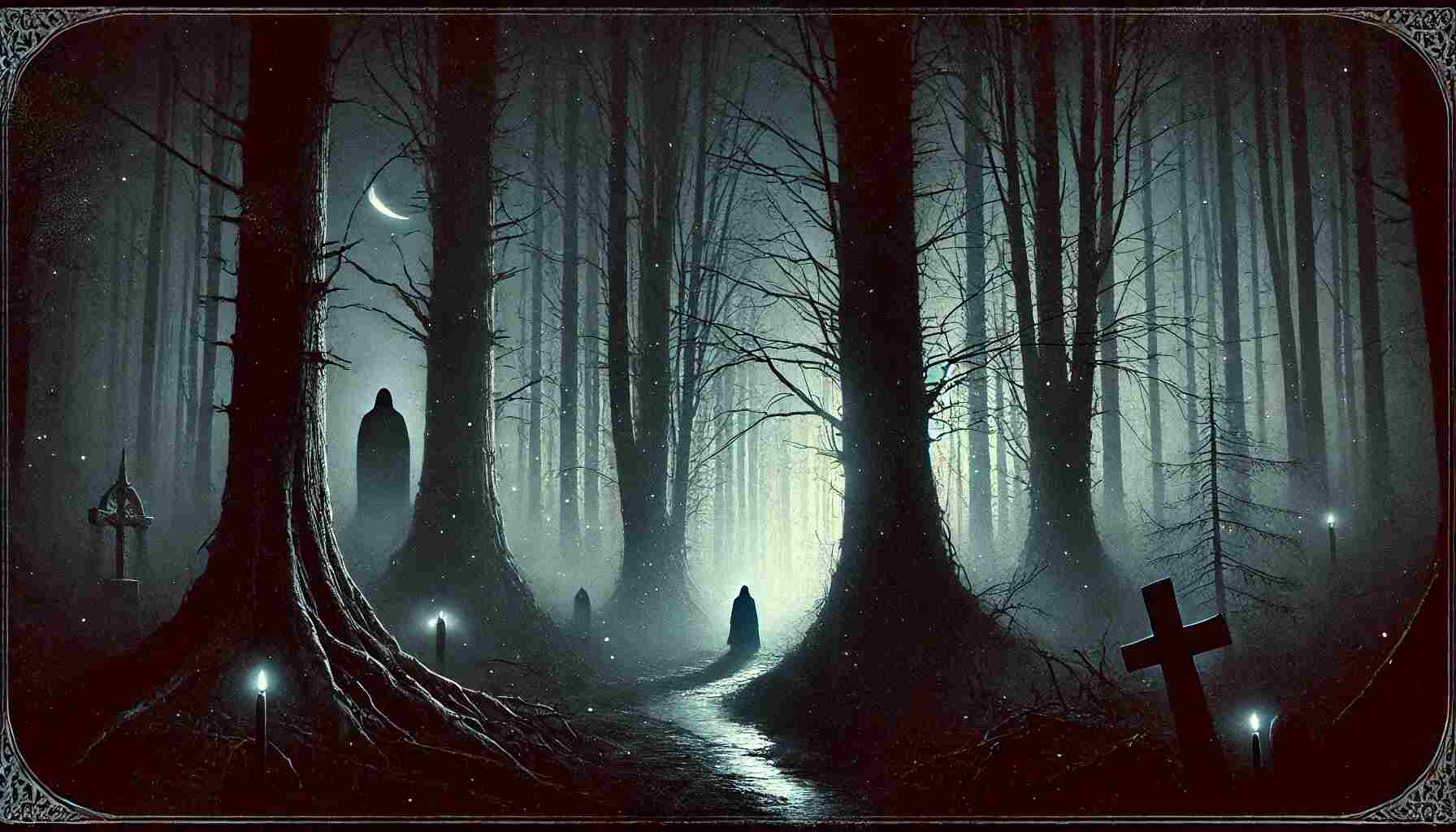Book Review | What Feasts at Night by T. Kingfisher
What Feasts at Night exemplifies Kingfisher’s skill in blending folklore with horror, creating a story that is both unnerving and beautifully crafted. Her characters feel deeply human, and the atmosphere brims with authentic dread. This book is an ideal read for anyone seeking an atmospheric horror story with depth and heart.
What Feasts at Night by T. Kingfisher immerses readers in a haunting blend of Gothic horror, humor, and folk superstition. The novella, second in Kingfisher’s Sworn Soldier series, follows retired soldier Alex Easton as they navigate an eerie mystery in Gallacia. Through its character depth and atmospheric tension, What Feasts at Night offers a memorable exploration of fear, trauma, and cultural lore, cementing Kingfisher’s place as a unique voice in modern horror literature.

Introduction and Setting
What Feasts at Night draws readers into Gallacia, a shadowy, folklore-rich landscape that is both familiar and terrifying. Returning to their ancestral hunting lodge, Easton finds themselves entangled in superstitions surrounding the moroi, a folklore monster rumored to steal breath from the living at night. This richly Gothic setting deepens the novella’s horror, blending Eastern European myths with the disquiet of secluded woodlands.
Key Setting Details:
- Gallacia is a fictional country inspired by Eastern Europe, emphasizing ancient forests and dark superstition.
- The eerie lodge and surrounding village of Wolf’s Ear contribute to a haunting atmosphere.
- The moroi, a terrifying breath-stealing creature, stands at the heart of local fear, adding a supernatural layer.
- Kingfisher expertly builds suspense through unsettling silence and whispers, creating a sense of dread.
This section of What Feasts at Night establishes an atmosphere that feels like an ominous campfire tale, adding depth to the Sworn Soldier universe and intriguing fans of Gothic horror.
Character Dynamics
The heart of What Feasts at Night lies in its strong character dynamics, where humor, friendship, and romance enrich the story. Kingfisher brings back Alex Easton, a gender-nonconforming protagonist with unique pronouns who has a deep friendship with their valet Angus and scientist friend, Eugenia Potter. Angus’s loyalty and the budding romance between him and Eugenia offer a warm contrast to the novella’s dark themes.
Easton’s post-military trauma and introspection resonate with readers, adding layers to their relationship with Angus and Eugenia. This character-driven focus in What Feasts at Night balances the horror elements, grounding the supernatural plotline in relatable relationships. Kingfisher masterfully captures friendship, humor, and moments of respite, which draw readers closer to these well-rounded characters and provide emotional breaks from the mounting tension.

Themes of Fear and Trauma
While What Feasts at Night teems with eerie folklore, the book’s real power lies in its exploration of trauma and the unsettling remnants of fear. In one poignant moment, Easton reflects on the haunting nature of war, stating,
“After you’ve been to war, it’s never truly behind you. It’s like a room you can stumble into by mistake.”
This insight encapsulates the deep sense of dread and psychological scars that shape Easton’s journey.
Through Easton’s eyes, readers feel the lingering weight of trauma and the struggle to move past fear. Kingfisher effectively conveys the pull of past horror while grounding the novella’s Gothic elements in genuine emotional turmoil. This focus elevates What Feasts at Night beyond typical horror, making it a resonant story for readers who appreciate depth in character-driven tales.
Style and Narrative Voice
Kingfisher’s writing shines in What Feasts at Night, where humor, horror, and empathy merge to create a uniquely engaging voice. Her blend of Gothic horror with touches of warmth and levity marks her as a refreshing presence in speculative fiction. This narrative style allows readers to feel part of an intimate storytelling experience that’s chilling but inviting.
Notable Style Points:
- Kingfisher’s humor balances the horror, adding levity to intense moments.
- Her accessible prose makes complex emotions and folklore easy to connect with.
- The first-person perspective allows for nuanced exploration of Easton’s trauma and courage.
- Kingfisher’s choice to merge horror with empathy gives readers a fresh take on Gothic fiction.
With her distinct narrative style, Kingfisher invites readers to appreciate fear in both its supernatural and psychological forms, creating a reading experience that feels like an eerie fireside story.

Series Evolution and Concluding Thoughts
As the second book in the Sworn Soldier series, What Feasts at Night shows notable growth in setting and character. What Moves the Dead was inspired by Poe’s The Fall of the House of Usher. This sequel, however, dives further into original folklore, enriching its story with deeper themes. It roots itself firmly in Gallacia, a world inspired by Eastern European traditions and superstitions. Kingfisher’s universe promises even more haunting tales, with the potential for future additions that expand on Gallacia’s lore.
For fans of Gothic horror, What Feasts at Night offers a feast of atmosphere, rich folklore, and deeply felt emotions. It’s a satisfying read that combines horror with a reflection on personal demons, making it a standout entry in T. Kingfisher’s body of work. The novella delivers on its promise to scare and compel readers, inviting both longtime fans and newcomers to savor every chilling moment.






